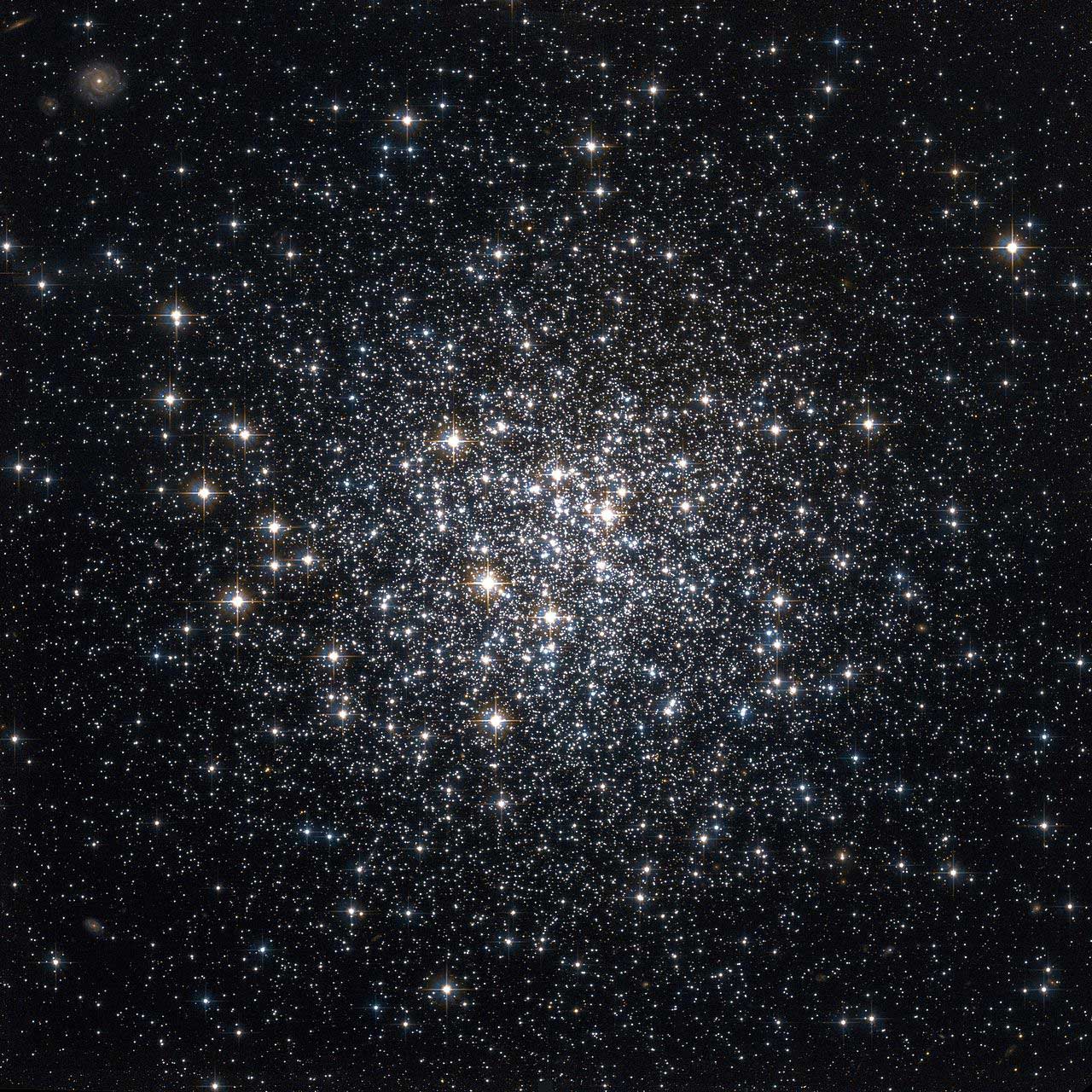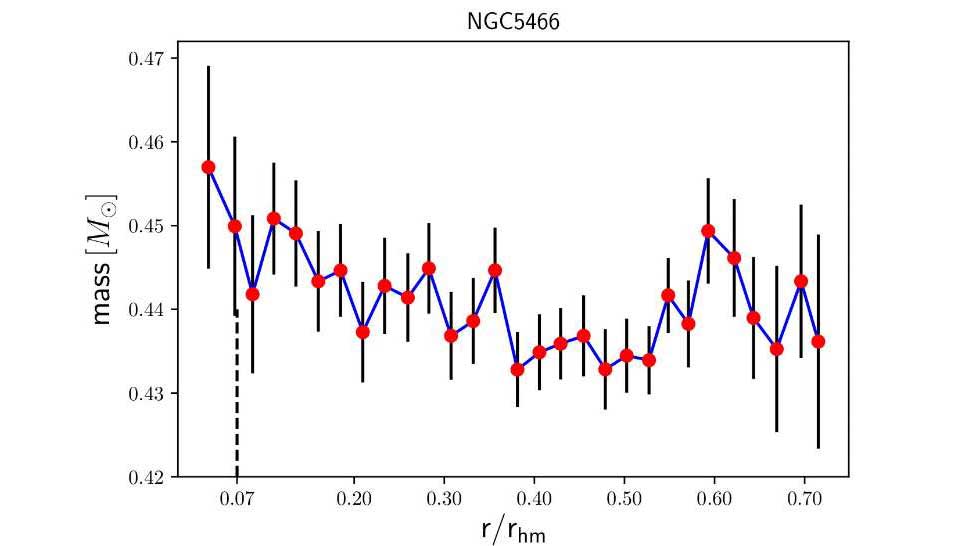
Mass segregation is when heavier objects like massive stars are inclined to sink to the core region. In contrast, lighter ones tend to move farther away from the center during dynamic evolution.
The age of globular clusters is considered as same as the age of our universe. Most of the globular clusters are heavily mass segregated since they have experienced a long dynamical evolution.
Using the high-quality photometry data from the Hubble/ACS Treasury survey, scientists from the National Astronomical Observatories of the Chinese Academy of Sciences (NAOC) reported the mass segregation results of 35 Galactic Globular Clusters (GCs).
Prof. Zhao Gang, the corresponding author of this paper, said, “Previous N-body simulations show that the existence of a central intermediate-mass black hole (IMBH) could quench mass segregation. When massive stars sink to the core region, they may have an encounter with the IMBH. This encounter is a process of energy exchange. Those stars gain kinematic energy from the encounter process and speed up. Then they escape away from the core region. In this way, mass segregation is quenched.”

Dr. Wu Wenbo from the National Astronomical Observatory of the Chinese Academy of Sciences (NAOC) said, “In this work, we find that globular cluster with a larger core to half-mass-radius ratio tends to be less mass segregated. The existence of energy objects like an IMBH or binary stars could explain such a tendency. The anticorrelation found in this study between mass segregation and core binary fraction is also a supporter of this view.”
This examination links mass segregation to the IMBH, binaries, and stellar-mass black hole subsystem. It will help build a more explicit connection between mass segregation and energy sources, assuming a guiding role in searching for the IMBH in globular clusters.
Journal Reference:
- Wenbo Wu et al. Mass Segregation as a New Indicator of Binary, IMBH, and Stellar-mass Black Hole Systems in Globular Clusters, The Astrophysical Journal (2021). DOI: 10.3847/1538-4357/abd6b8
Continue reading Astronomers reported the mass segregation results of 35 Galactic Globular Clusters on Tech Explorist.
0 comments:
Post a Comment